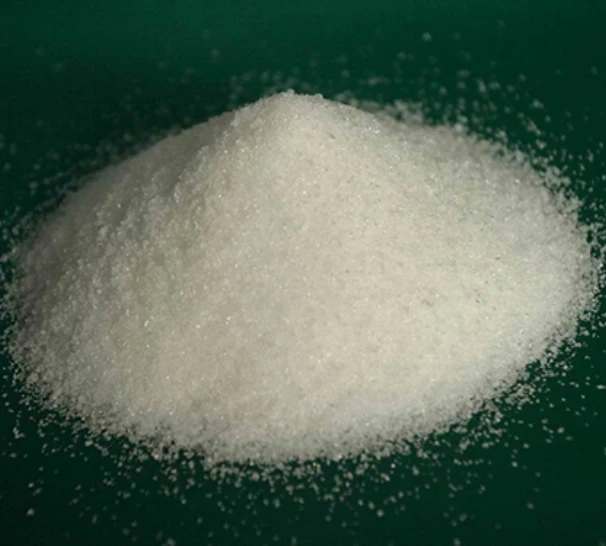Synthesis and Applications of Poly Aluminum Chloride in Water Treatment Processes
Understanding Poly Aluminum Chloride A Versatile Coagulant
Poly aluminum chloride (PAC) is a widely used chemical compound known for its effective coagulation properties, making it an essential agent in various industries, especially in water treatment. Composed of aluminum ions and chloride, PAC is a type of aluminum salt that exhibits a range of beneficial characteristics, which allows it to serve multiple purposes in different applications.
Chemical Composition and Properties
Poly aluminum chloride is typically produced by the hydrolysis of aluminum chloride in the presence of a base, leading to a product that contains multiple hydroxyl and aluminum species. This complex composition contributes to its effectiveness as a coagulant. The PAC formula can vary depending on the degree of polymerization and the specific manufacturing process, influencing its performance characteristics.
The primary advantage of PAC over traditional coagulants, such as aluminum sulfate, is its enhanced sedimentation rate, lower sludge production, and broader pH operating range. PAC is effective in both acidic and neutral pH conditions, making it a versatile choice for treating various types of water sources.
Applications in Water Treatment
One of the primary uses of poly aluminum chloride is in water treatment processes, where it serves as a coagulant to remove suspended solids, organic matter, and other impurities from water. When PAC is added to water, it causes particles to clump together (a process known as coagulation), forming larger aggregates that can be more easily removed through sedimentation or filtration.
PAC is employed in municipal water treatment plants as well as in industrial applications, including wastewater treatment, where its ability to improve clarity and reduce turbidity is invaluable. Its effectiveness in lowering chemical oxygen demand (COD) and total suspended solids (TSS) makes it a preferred choice in the treatment of potable and non-potable water.
poly aluminum chloride

Benefits Over Other Coagulants
The use of PAC presents several advantages over traditional coagulants. First, its lower dosage requirement means that it can achieve similar results with less product, thereby reducing overall chemical costs and minimizing the environmental footprint. Additionally, PAC generates less sludge, which can simplify waste management in treatment facilities, as less waste means fewer resources needed for disposal.
Moreover, PAC's flexibility in application allows it to be utilized in a variety of processes, including clarification, decolorization, and the removal of heavy metals from wastewater. This adaptability has made it increasingly popular in numerous sectors, including textiles, paper manufacturing, food processing, and mining.
Environmental Impact and Safety
While poly aluminum chloride is generally considered safe for use in water treatment, it is essential for operators to handle it with care, adhering to safety regulations to minimize exposure. As with any chemical, awareness of potential health hazards is critical. PAC is less toxic than some other coagulants, making it suitable for use in potable water applications.
Environmental considerations are also crucial when evaluating PAC's use. Its reduced sludge production contributes positively to sustainability efforts within water treatment facilities, allowing for more efficient operations and a lower overall environmental impact.
Conclusion
In conclusion, poly aluminum chloride is an effective and versatile coagulant that plays a crucial role in water treatment and various industrial applications. Its advantages over traditional coagulants, such as reduced dosage requirements, lower sludge production, and flexibility in application, make it a preferred choice in many contexts. Continued research and innovation in its formulation and application will likely further enhance its role in sustainable water management practices, ensuring cleaner, safer water for communities around the world.
-
Water Treatment with Flocculant Water TreatmentNewsJun.12,2025
-
Polymaleic AnhydrideNewsJun.12,2025
-
Polyaspartic AcidNewsJun.12,2025
-
Enhance Industrial Processes with IsothiazolinonesNewsJun.12,2025
-
Enhance Industrial Processes with PBTCA SolutionsNewsJun.12,2025
-
Dodecyldimethylbenzylammonium Chloride SolutionsNewsJun.12,2025





